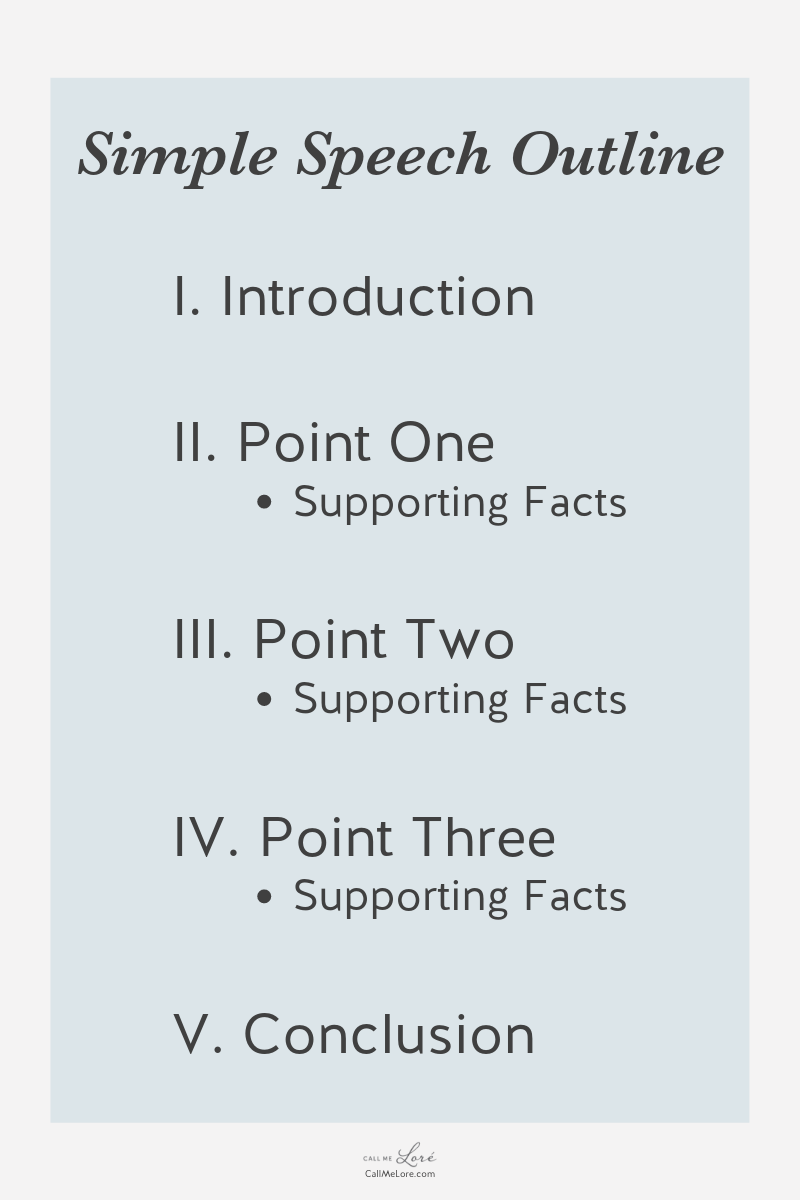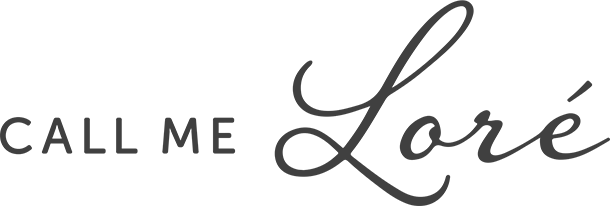

The fear of public speaking is NO JOKE.
When we were traveling the country for the Bloguettes conference, I was speaking to big groups of people with ease. Believe me, though, it didn’t always start that way.
Public speaking used to give me so much anxiety. I remember before our very first conference, I was sick the whole morning leading up to it. I used to sweat and speak super fast to the point that people would not understand. Eventually, with practice, my public speaking anxiety slowly went away. The key word here is practice. Since I have a lot of practice, I wanted to share with you some tips and resources that have helped me reach this point. So whether you are speaking at your best friend’s wedding, preparing for a big meeting, or simply hosting your family game night, these tips are sure to help you ace it!
Why it’s CRUCIAL to Master Public Speaking
You may be thinking “Lorena, this doesn’t apply to me, I NEVER have to speak in public.” Well, I’m asking you to think again. Public speaking opportunities pop-up all around us. You may be called on in a meeting to share your thoughts or you may be asked about your favorite products within your group of friends. You may be even asked to speak at your family reunion. The point is, knowing basic skills can ensure that even when public speaking opportunities surprise you, you can speak confidently.
Do’s and Don’ts of Public Speaking
DO prepare
As with everything, preparation is vital to your success in public speaking. There are two aspects of preparation to take note of, planning what you are going to say and then actually saying it.
What to Say
I always find creating an outline to be helpful. I like to follow an outline that you’ll recognize from school. See the example below:

- Introduction: Introduce yourself and explain why you’re qualified to talk about the topic. Also, give a brief overview of what you’ll be talking about.
- Main Points: What three main things do you want to cover? Don’t forget to add facts or examples to back up your points.
- Conclusion: Sum up everything you’ve said to recap the audience and leave them with a strong “call to action”.
For example, if I were giving a speech on using social media for your brand, it might look like this:
- Introduction: I’d explain that I am an entrepreneur and I run a branding agency and used to travel the country teaching people how to brand their business. I’d then explain that social media has three separate aspects to consider (my main points): 1. Visual photos, 2. Captions, and 3. Engagement with the audience.
- Main Points: I would elaborate on each of the three points and include images to demonstrate how it looks. For example, when talking about images, I would show how consistently edited images give a cohesive look to an Instagram feed.
- Conclusion: To conclude, I’d sum up the three points and encourage the audience to take the skills that I taught and utilize them in their own social media.
This section of preparation will require research! If you are giving a speech on a topic you know a lot about, this section is not challenging. However, if you’re not as familiar with the topic, you want to become as much of an expert as you can. Having facts, data, or personal experience to back up your points can give much needed credibility to what you are saying.
Actually Saying It
There are two ways that people go about preparing their speech. Some write it out word for word while others will create an outline of bullet points that they want to talk about.
The good thing about learning it word for word is that you know exactly what to say. The downside is that it requires a lot of memorization. With bullet points, you don’t have to memorize, but the practice is key to ensuring you know how you want to address your particular points.
TIP: Practice giving your speech in front of a mirror. That way you know what you look like giving your speech and you get used to hearing you say your thoughts out loud. It’s definitely awkward at first, however, it can help you iron out all of your little details.
This TED Talk gives advice on speaking to be heard. About halfway through [4:30], he goes over different aspects of speaking and voice that you can try when practicing your speech. Additionally, at [7:38], he gives some great warm-ups for your voice before you actually give the speech.
DON’T automatically disqualify yourself
I get it, fear can make us doubt ourselves. But everyone has something to say and contribute to the conversation. Even if not’s something you know a ton about, the internet is a great tool to begin to learn as much as you can. Public speaking is scary, but at some point, most everyone will have to do it.
DO prepare a visual
When giving a speech or presenting an idea, preparing a visual can help your audience keep track of what you are saying. There are a few common ways to prepare a visual.
- PowerPoint/Google Slides: Probably one of the most common (and easiest!) ways to create a visual, PowerPoint and Google Slides allows you to lay out exactly what you want to say. However, there are a few things to keep in mind when creating one, which I will address in the next section.
- Prezi: A little less common, Prezi is the next step above PowerPoints. It’s very engaging for the viewers and is a more dynamic design appeal. You can check it out, here.
- Paper Handouts: With new and amazing technology, paper handouts have definitely taken a backseat. However, in the off chance you won’t have a projector, simple brochures or beautifully designed packets can get the job done. It doesn’t have to be complex either. Canva is one tool that provides you with a simple way to create brochures.
It’s important to note that some speaking events, visuals won’t be appropriate. For example, sometimes I’m asked to speak on a panel of women who are answering questions for their audience. In this case, a PowerPoint wouldn’t work, and that’s OK! However, if you are in a business meeting, you know that a PowerPoint is expected. Other times, it’s as simple as a video of you and your sister that you show during your toast at her wedding. That said, use your best judgment to decide when visuals are appropriate.
DON’T make a boring PowerPoint
I’m sure you’ve all been there; sitting through a long presentation only to be zoning out thinking of things that you have to get done. The trick is to AVOID this. Here are some things to keep in mind:
- Keep text on the slide to a minimum, only outlining the main bullet point and expanding on it in your presentation.
- Include graphics and keep it entertaining and visually appealing to look at.
- Expand beyond PowerPoint by bringing in a model, an actual product, or demonstration (if applicable to what you are talking about).
This TED Talk is all about how to construct a not boring PowerPoint. I’ve heard that some people don’t necessarily love or agree with the style that he suggests in the video, however, he does make some great points as far as how to keep information concise on each slide. He also presents an interesting point of view in general. Ultimately, it will again come down to your judgment for the situation.
DO expect to get nervous
Unless you’re a professional public speaker, you are likely to get some nerves before you speak. Like I said, before my first conference, I got SO nervous. Even after I had spoken a couple of times, I still got nervous. One thing that can help you calm down is to practice breathing exercises.
Goop has a super article interviewing a holistic practitioner regarding breath. They even feature a simple breathing exercise you can do anywhere. Check it out here.
DON’T forget to enunciate
Consider your voice. The TED Talk that I listed above shared some vocal tips and explained different aspects of voice to consider when speaking. However, make sure you are speaking clearly so that the audience understands what you are saying. Avoid mumbling and focus on enunciating your words clearly.
Personal Public Speaking Training
If you’re looking to up your public speaking game, Skillshare has MANY courses that you can take to help you master this skill (along with a lot of other cool skills). Check out Skillshare here.
If reading books is more your style, here are a few books that you may enjoy to help you grow in this skill.
I hope these tips help you get ready for your next speaking event. What are your public speaking tips? Share them with me in the comments below or over on my Instagram!
@CallMeLore | #CallMeLore


I’m reading this on my flight to New York to give my first Key Note presentation at a conference and I’m so excited! These are great tips!
Yay!!! Thank you so much for taking the time to read it!